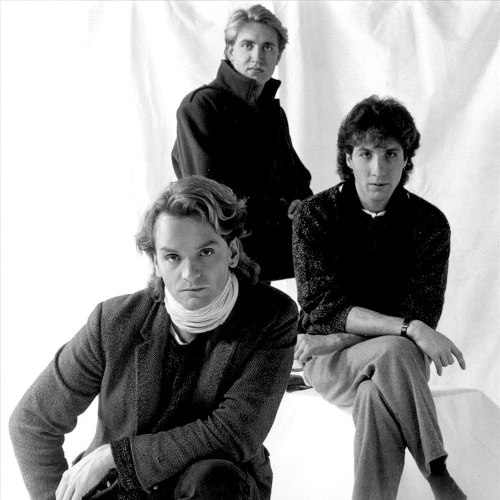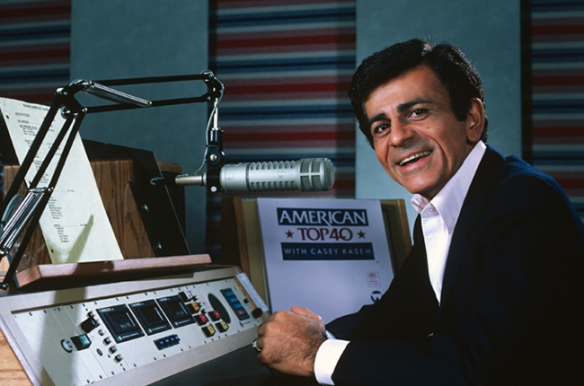
On June 15, 2014, Casey Kasem, host of the longtime countdown program, AMERICAN TOP 40, passed away at the age of 82. From my first blog post (and prolly some more inbetween then and now), I explained how, in 1979, I was a geeky, lanky and somewhat lost 12-year-old living in Central Maine, had a few friends and not a lot of interest in much of anything, but at some point early that year, I discovered AMERICAN TOP 40, and was glued to it every weekend. Not only could I hear the 40 biggest songs in the country every week, but also Casey’s cool trivia and facts about the songs and the artists, a trait I treasure to this day. For me, the show was No. 1 with a bullet. And still is (thanks to the re-airing of broadcasts of AT40 on iHeart Radio).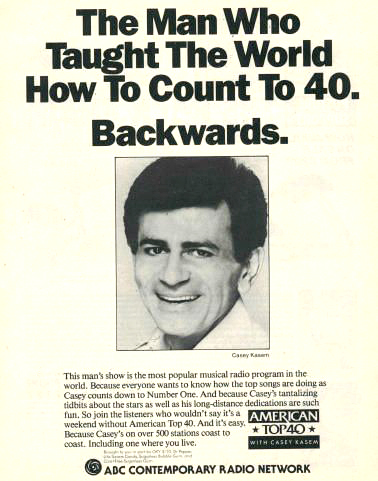
In honor of my radio hero, Casey Kasem, for the entire month of June (and now through July), I will be highlighting a song each day (some days will have two songs!) that peaked in the Top 40 of the BILLBOARD Hot 100 (including five (real) one-hit wonders of the 80s), and with every blog post, just like on AMERICAN TOP 40, the hits will get bigger with each post. On June 1, 2017, I featured a song that peaked at No. 40. Sometime here in July, I’ll feature a “song of the day” that went all the way to No. 1.
As Casey used to say on AT40, “And on we go!”
Between late 1979 and the end of 1989, there were nearly 500 (real) one-hit wonders of the 80s that reached the BILLBOARD Hot 100 just one time, a list that includes Soft Cell, Gary Numan, Timbuk 3, The Church, Bronski Beat, Nik Kershaw, The Buggles, The Waitresses, Ultravox and two different bands named The Silencers. Once a week, I’ll highlight a (real) one-hit wonder for you.
The nearly 80 songs that reached the No. 4 position on the BILLBOARD Hot 100 between 1979 and 1989 had a bit of everything – Top 40 newbies which included Irene Cara (“Fame”), Asia (“Heat Of The Moment”), Samantha Fox (“Touch Me (I Want Your Body)”), the first two hits by Debbie Gibson (“Only In My Dreams,” “Shake Your Love”), Rickie Lee Jones (“Chuck E.’s In Love”), Suzi Quatro & Chris Norman (“Stumblin’ In”), Run-D.M.C. (“Walk This Way”), and Spandau Ballet (“True”).
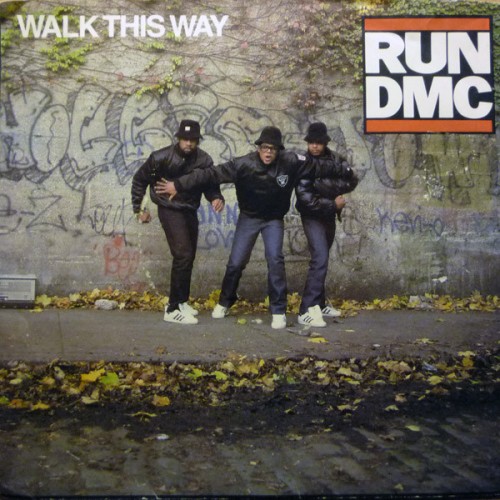
Songs that reached No. 4 also included the biggest U.S. chart hits for Howard Jones (“No One Is To Blame”), Electric Light Orchestra (“Don’t Bring Me Down”), Eddie Money (“Take Me Home Tonight”), OMD (“If You Leave”), Soul II Soul (“Back To Life”), Teena Marie (“Lovergirl”), The Fixx (“One Thing Leads To Another”) and Tommy Tutone (“867-5309/Jenny”).
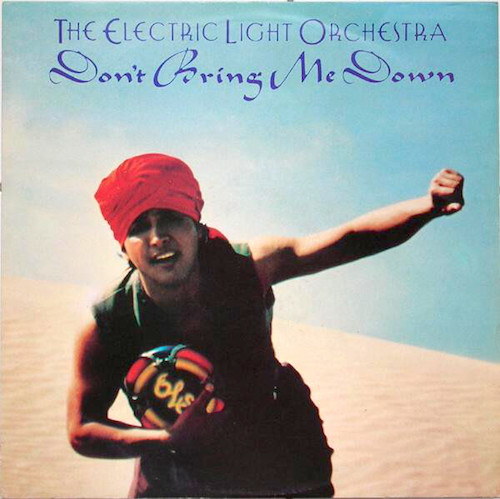
Some of my all-time favorite songs reached No. 4 as well, like “Urgent” by Foreigner, “Eyes Without A Face” by Billy Idol, “Mandolin Rain” by Bruce Hornsby & The Range, “Give Me The Night” by George Benson, Terence Trent D’Arby’s “Sign Your Name,” “Sultans Of Swing” by Dire Straits, “Freeze-Frame” by The J. Geils Band and “Cruisin’” by Smokey Robinson.

Multiple artists hit No. 4 more than once, including Lionel Richie (one solo and two with the Commodores), Duran Duran, Fleetwood Mac (who spent an agonizing then-record seven weeks at No. 4 with 1982’s “Hold Me”), the aforementioned Debbie Gibson, Madonna, Phil Collins (one solo and two with Genesis), Ray Parker, Jr. (one solo and one with Raydio), and Stevie Wonder.
Two memorable Elvis covers also reached No. 4 – “Don’t Be Cruel” by Cheap Trick and “Always On My Mind” by Pet Shop Boys (the highest-charting version of that song here in America).
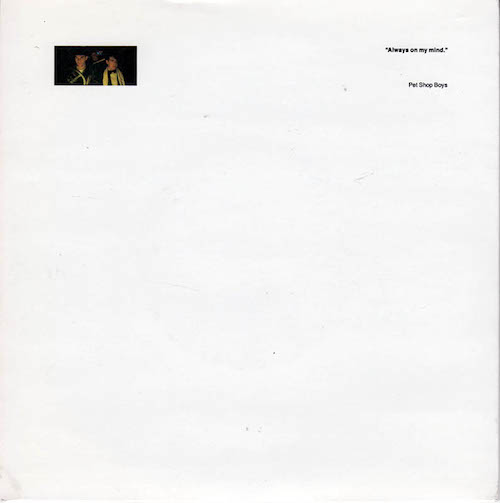
Two (real) one-hit wonders of the 80s reached No. 4 on the Hot 100 between 1979 and 1989. The first one was Taco, the German musician whose spirited version of Irving Berlin’s “Puttin’ On The Ritz” reached No. 4 in September 1983, and was a huge international hit.
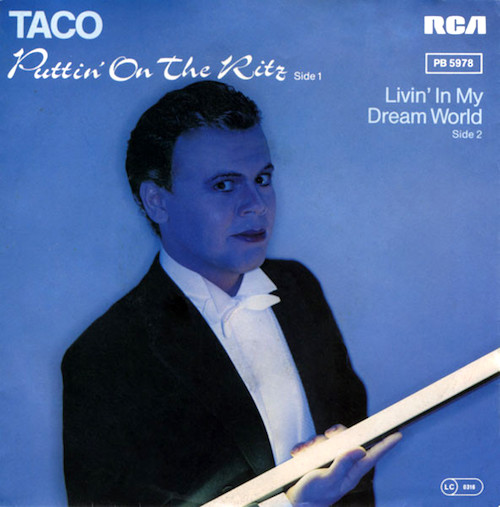
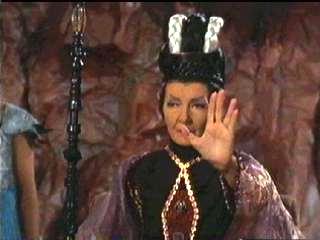
The original T’Pau (from STAR TREK).
The second (real) one-hit wonder of the 80s to reach No. 4 was a British Pop / Rock band whose lead singer, Carol Decker, hailed from Liverpool, and the band’s name came from a character in the original STAR TREK from the 60s – T’Pau, the name of a Vulcan elder. Before deciding on a name for the band, their working name was Talking America.
T’Pau formed in 1986 as a six-member band and released their debut single, “Heart And Soul,” in late April 1987, a month in advance of their debut album, BRIDGE OF SPIES. One of the memorable things about “Heart And Soul” is that Carol Decker is in a duet with herself, courtesy of overlapping vocals.
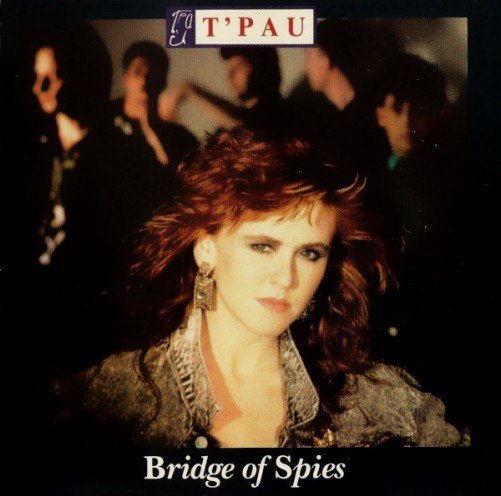
A couple of weeks after its release, “Heart And Soul” debuted on the BILLBOARD Hot 100 in early May 1987 at No. 91. It landed in the Top 40 six weeks into its chart run, steadily climbing on the chart until peaking at No. 4 for a week in early August 1987, the month it was released in in their U.K. homeland. During this time, it was also featured in a Pepe Jeans ad, though I can’t really say I even remember Pepe Jeans. But, it seemed to help the song’s chart success.
Despite that chart success here in America, “Heart And Soul” did not fare well in the U.K. upon its release, but eventually the U.K. warmed up to the song, and it, too, reached No. 4. Outside of the U.S. and the U.K., “Heart And Soul” reached No. 4 in Ireland, No. 5 in Canada, No. 9 in New Zealand and Switzerland, No. 10 in France and Germany, and the Top 20 in Australia, Belgium, South Africa, Sweden and the BILLBOARD Dance chart.
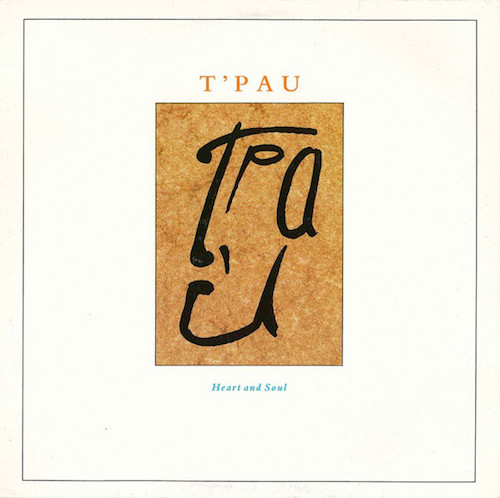
Thanks to its 27 weeks on the Hot 100, “Heart And Soul” finished 1987 here in the U.S. at No. 33 for the year, above No. 1 hits by Kim Wilde, George Michael and Aretha Franklin, Huey Lewis & The News, Madonna and two No. 1 songs by Michael Jackson.
Though T’Pau never charted on the BILLBOARD Hot 100 again, their biggest international success came with another single from BRIDGE OF SPIES – “China In Your Hand,” which was a massive No. 1 hit in several countries, including the U.K. and Switzerland (5 weeks at No. 1), Belgium, Ireland and the Netherlands (2 weeks), plus a No. 1 rank in Norway, and Top 10 rankings in (at least) Austria, Germany, New Zealand, Poland and Sweden.
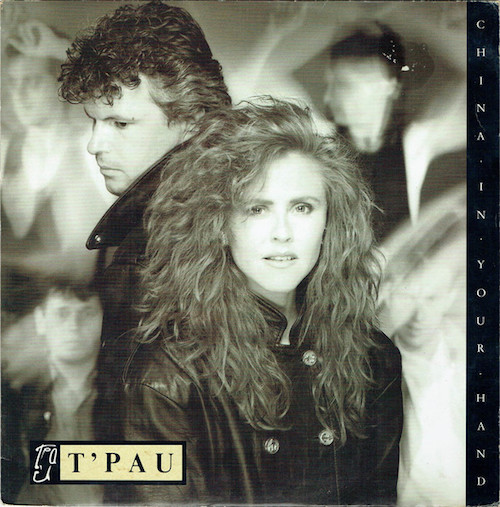
T’Pau is still together today, though from the original six-member band, the only members left are “Heart And Soul” co-writers Carol Decker and rhythm guitarist / songwriter Ronnie Rogers. In early 2015, they released their fifth studio album, PLEASURE & PAIN, which became their first-charting U.K. album in nearly 25 years.

For this album, Carol Decker expressed her frustration through an interview about her new music not being played vs. the radio stations being only interested in playing their 80s classics: “It’s a little harder to get on the radio because all the ‘80s stations play the ‘80s stuff and they won’t play your new stuff. They actually say they can’t, and then the younger stations play the younger artists, the hip stations. That’s the downside, and I miss hearing radio plays for the new stuff… it is a little frustrating that I can’t get it out to the wider audience anymore.”
This is just one of many reasons why I need to (soon) start the next incarnation of my radio show, STUCK IN THE 80s, so I can highlight the new music, like I did on my longtime show with WMPG.
Though I honestly never kept up with T’Pau (partially because of the one hit here), I always loved “Heart And Soul,” and continue to introduce it to folks when I can (I recently guest-hosted a show on WMPG with my former radio neighbor, DJ Shaxx, and he fell in love with it when we played it on the air).
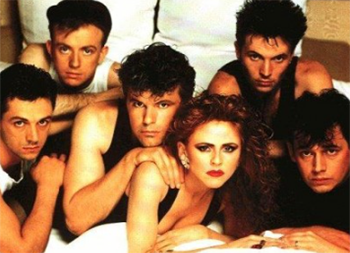 Thank you, Carol and Ronnie, for putting some needed “Heart And Soul” into my music for 1987. 30 years later, it’s not forgotten…
Thank you, Carol and Ronnie, for putting some needed “Heart And Soul” into my music for 1987. 30 years later, it’s not forgotten…
“Give a little bit of heart and soul / Give a little bit of love to grow / Give a little bit of heart and soul / And don’t you make me beg for more / Give a sign, I need to know / A little bit of heart and soul…”

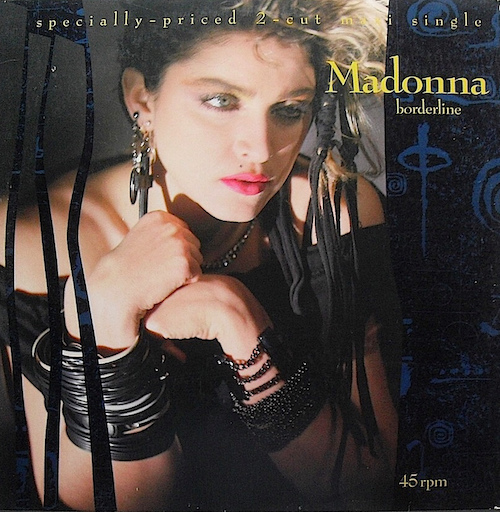
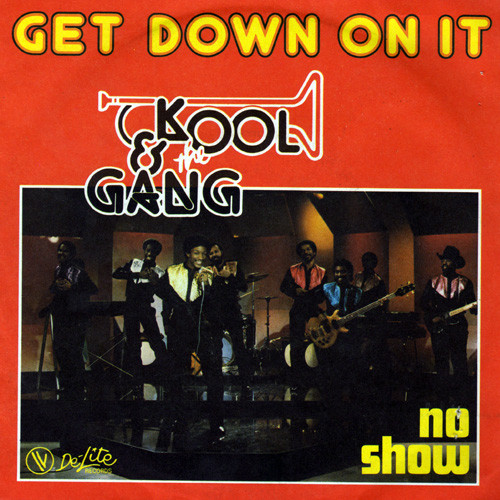
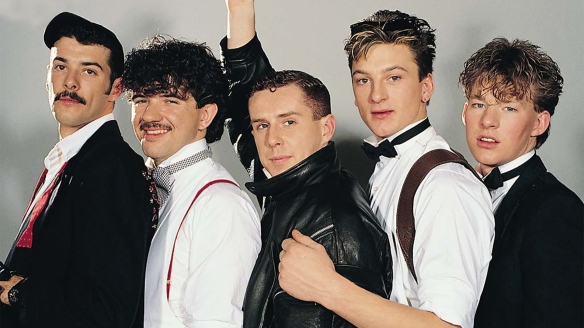
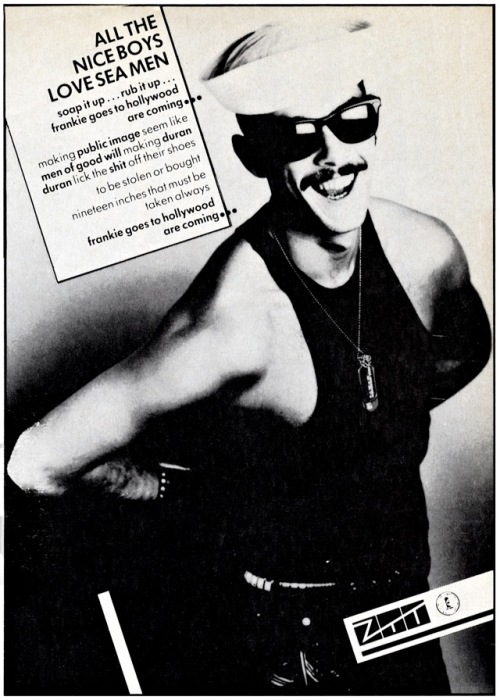


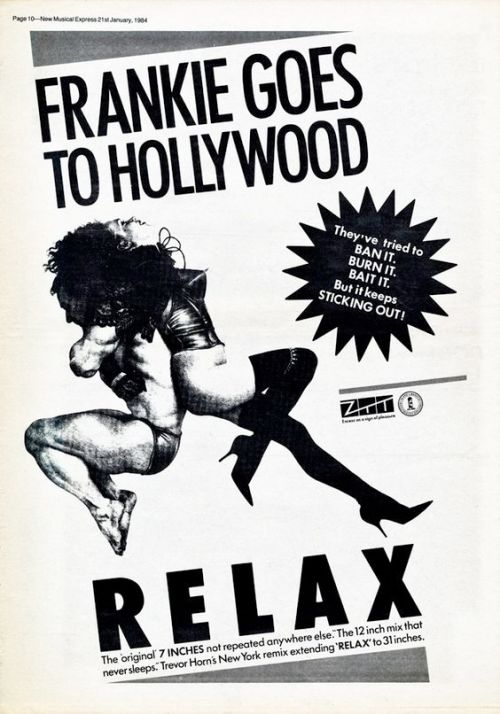
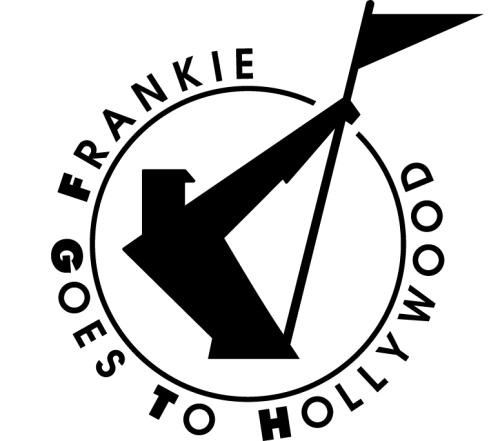
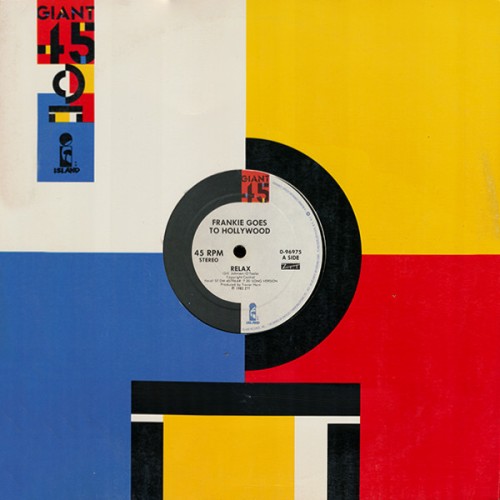
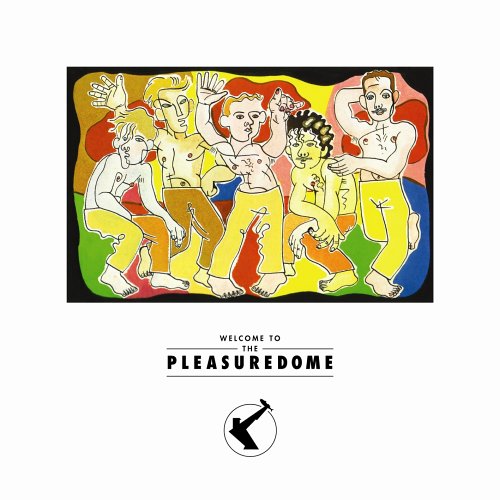
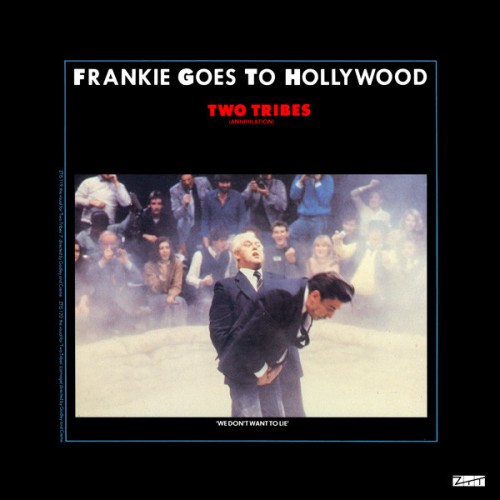
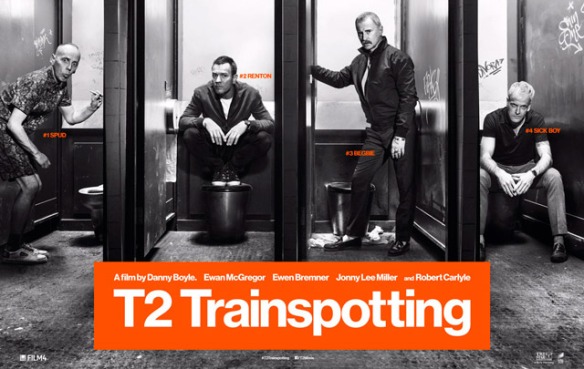
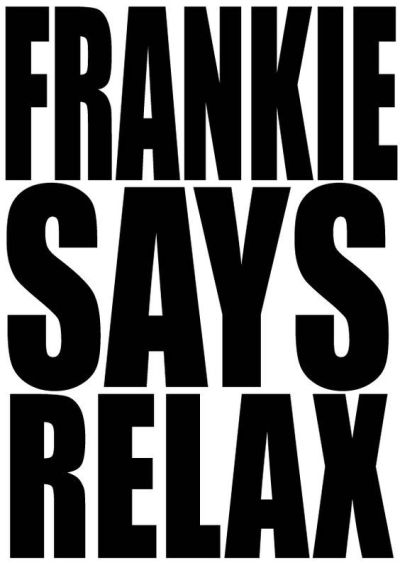
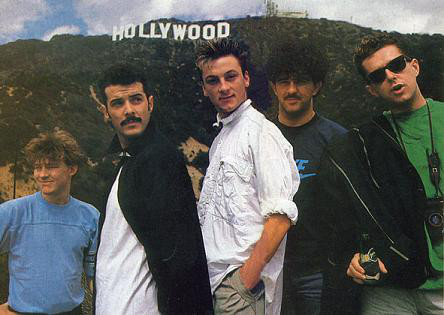
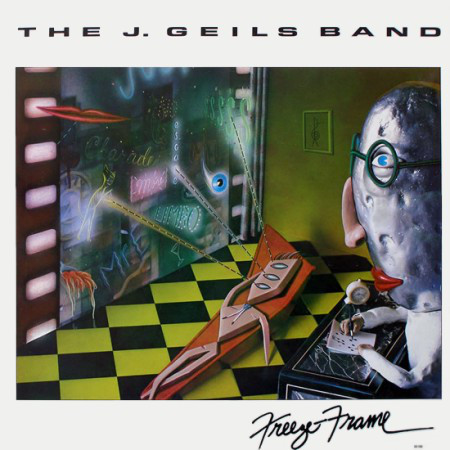
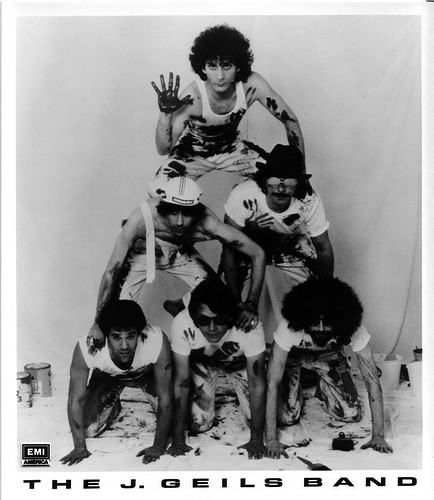

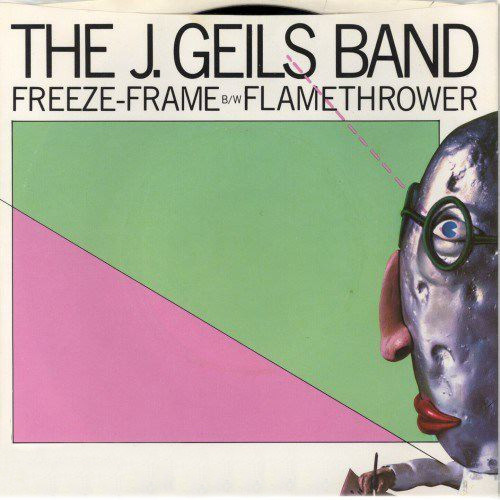


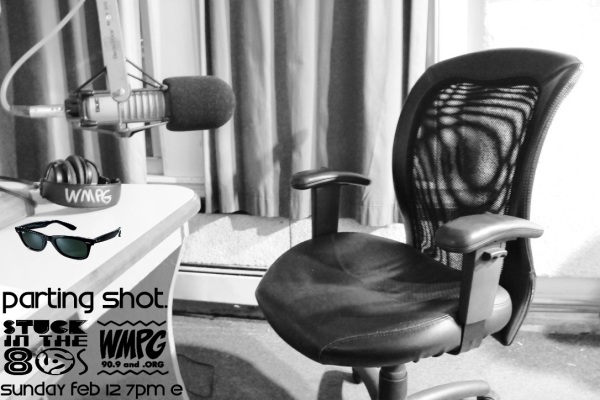
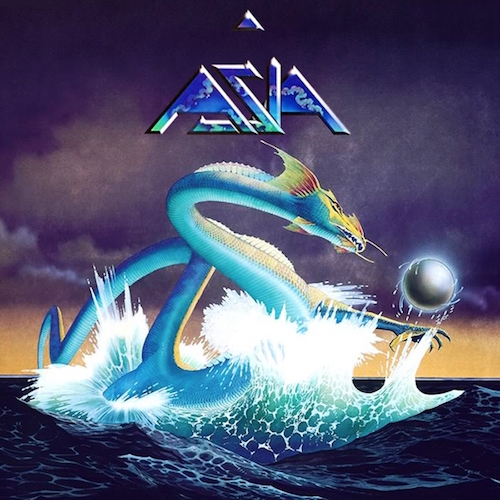
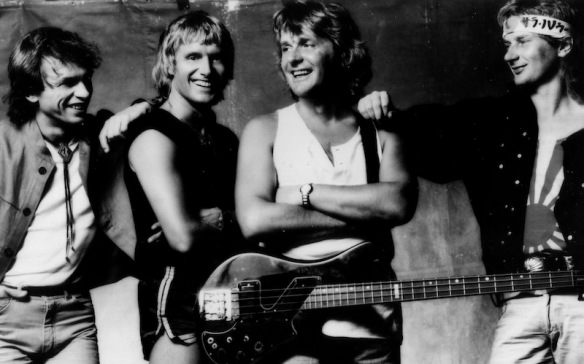
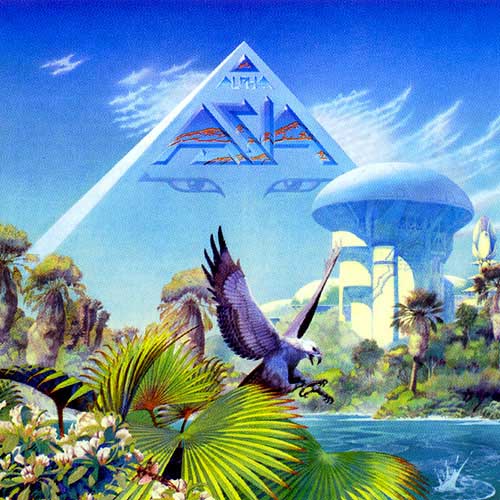
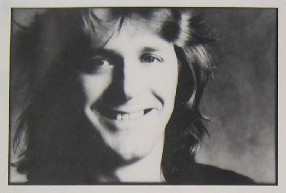
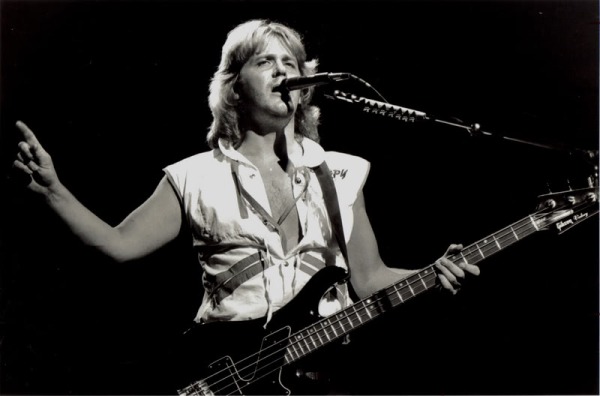


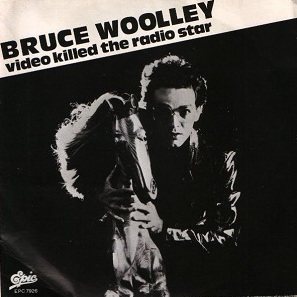

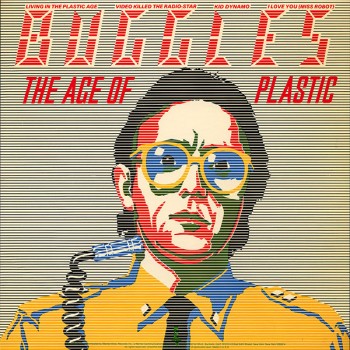
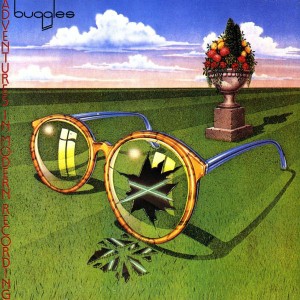
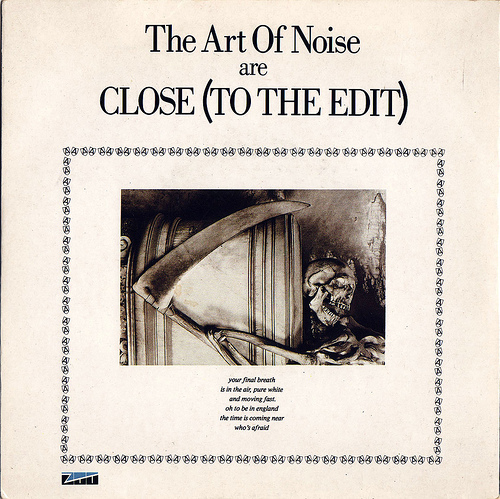
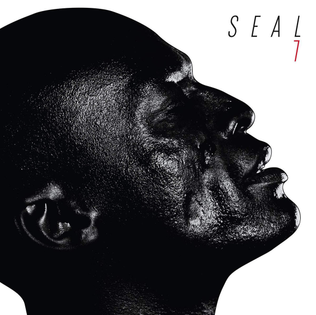
 Speaking of irony, today (8.1.2016) also marks the demise of the wonderful VH1 Classic (famous for playing great 80s videos) and the debut of MTV Classic, highlighting (mostly non-music) programming from the 90s and beyond.
Speaking of irony, today (8.1.2016) also marks the demise of the wonderful VH1 Classic (famous for playing great 80s videos) and the debut of MTV Classic, highlighting (mostly non-music) programming from the 90s and beyond.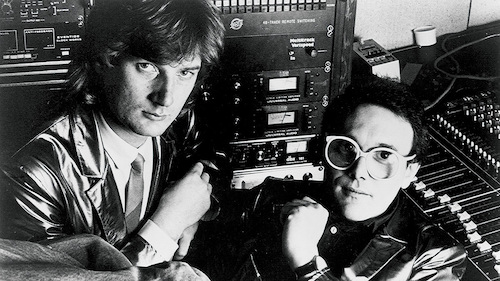
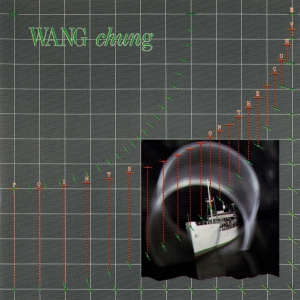
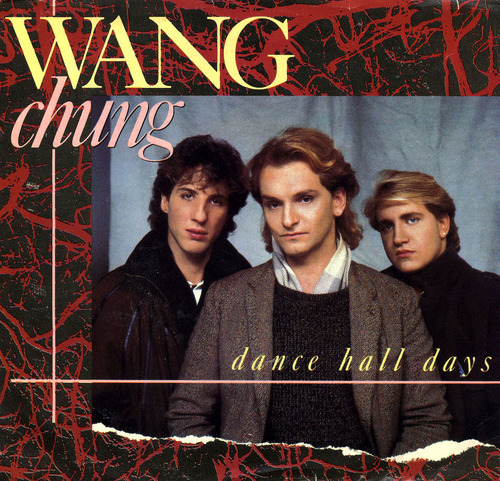
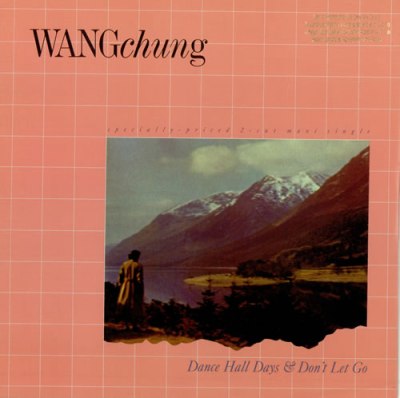 Around the globe, “Dance Hall Days” danced into the hearts (and dance clubs) of many countries, reaching the Top 10 in Australia, Belgium, Canada, Germany, Holland, Italy, New Zealand, Sweden and Switzerland.
Around the globe, “Dance Hall Days” danced into the hearts (and dance clubs) of many countries, reaching the Top 10 in Australia, Belgium, Canada, Germany, Holland, Italy, New Zealand, Sweden and Switzerland.